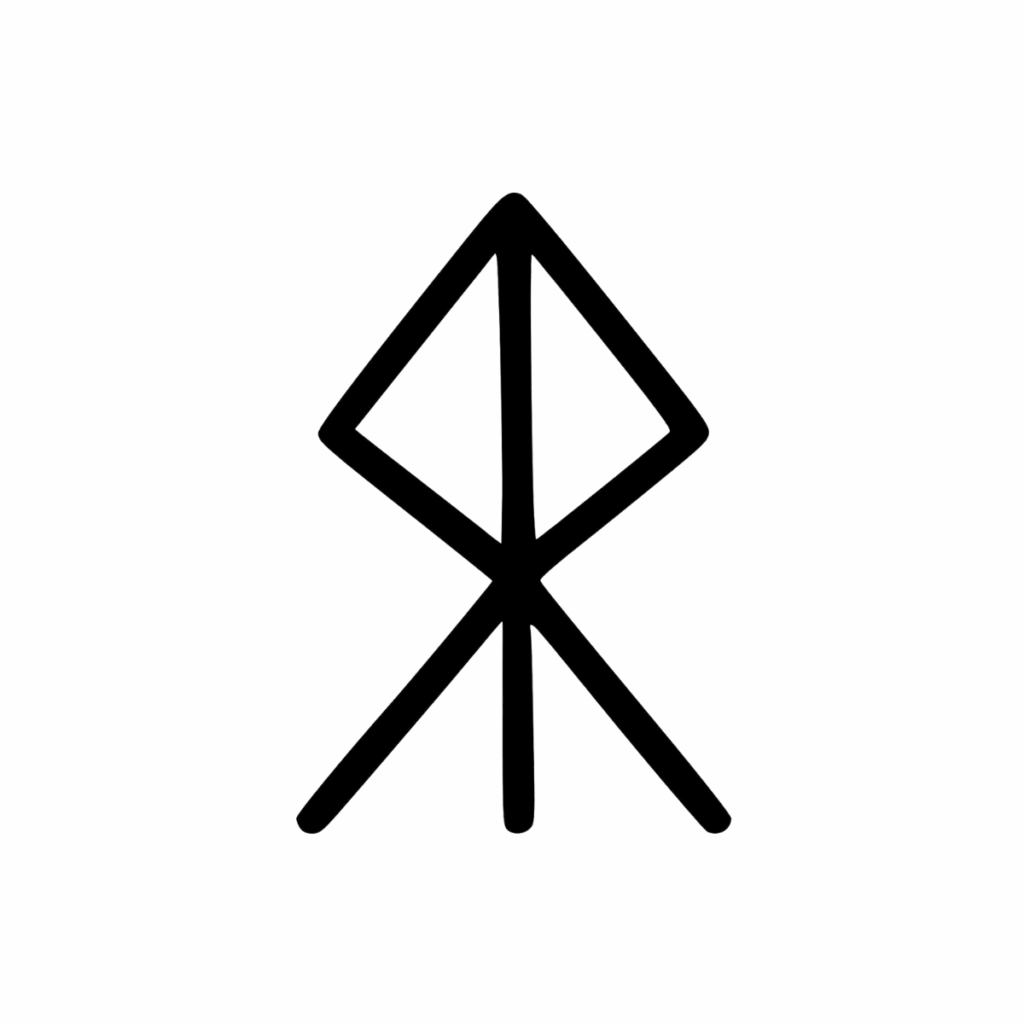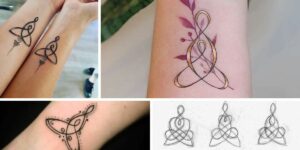In Viking culture, symbols were more than mere decoration; they were potent emblems carrying deep spiritual and cultural significance. Among these, the Nordic symbol for courage stands out as a powerful representation of bravery, resilience, and sacrifice. This article explores the origins, meanings, and modern interpretations of this emblem, shedding light on its enduring legacy in Norse heritage.
Historical Context of Viking Symbols
Norse mythology, rooted in the beliefs of the Viking Age (circa 793–1066 CE), was a complex system of gods, heroes, and cosmic forces. Symbols played a central role in Viking life, from guiding warriors in battle to invoking divine protection in daily rituals. These icons, often carved into runestones, weapons, or amulets, were believed to channel the power of gods like Odin, Thor, and Tyr, embodying values such as honour, strength, and courage.
The Nordic Symbol for Courage: What Is It?

The primary symbol associated with courage in Norse culture is the Tiwaz rune (ᛏ), named after the god Tyr, the deity of war, justice, and sacrifice. Represented by an upward-pointing arrow, the Tiwaz rune symbolises victory, honour, and unwavering bravery. While other symbols, such as Mjölnir (Thor’s hammer) or the Valknut, are sometimes linked to fearlessness, the Tiwaz rune is most directly tied to courage. In some contexts, berserker imagery—depicting fierce warriors who fought in a trance-like state—also embodies this quality, though it is less a singular symbol and more a cultural motif.
Origins and Mythology Behind the Symbol
The Tiwaz rune draws its significance from Tyr, a god revered for his courage. In Norse mythology, Tyr demonstrated unparalleled bravery by sacrificing his hand to bind the monstrous wolf Fenrir, ensuring the safety of the gods. This act of selflessness cemented Tyr’s association with honour and sacrifice, qualities reflected in the Tiwaz rune. The rune itself, used in runic alphabets like the Elder Futhark, was inscribed on weapons and amulets to invoke victory and divine favour in battle.
Other symbols also carry connotations of courage. Gungnir, Odin’s spear, represents precision and authority, often linked to fearless leadership. The Valknut, a knot of three interlocked triangles, is associated with Odin and the cycle of life, death, and rebirth, symbolising the courage to face mortality. While these symbols complement the Tiwaz rune, they reflect the multifaceted nature of bravery in Norse culture.
Symbols in Viking Warfare and Daily Life
Viking warriors adorned their shields, swords, and armour with symbols like the Tiwaz rune to bolster morale and seek protection. Runestones, such as those found in Sweden and Denmark, often feature the Tiwaz rune alongside inscriptions honouring fallen warriors, suggesting its role in commemorating bravery. Amulets bearing the rune or Mjölnir were worn by both warriors and civilians, believed to channel divine strength. Archaeological finds, including the Lindholm Høje runestones, confirm the widespread use of such symbols in Viking society, underscoring their importance in both spiritual and martial contexts.
Modern Interpretations and Popular Culture
Today, the Tiwaz rune and other Nordic symbols remain popular in tattoos, jewellery, and media, often symbolising personal strength and resilience. Films, TV series like Vikings, and video games frequently depict these symbols, though not always with historical accuracy. For instance, the Tiwaz rune is sometimes misrepresented as a generic “Viking symbol” without its connection to Tyr or its specific meaning. This has led to misconceptions, where symbols are divorced from their cultural and spiritual roots, risking trivialisation.
How to Incorporate the Symbol Responsibly
Using Nordic symbols requires respect for their cultural heritage. The Tiwaz rune, for example, should be understood as more than a trendy design; it carries the weight of Viking values and history. When incorporating it into art, fashion, or tattoos, research its meaning and context to avoid appropriation. Engaging with reputable sources, such as museums or academic works on Norse mythology, ensures respectful use. Supporting artisans who honour Viking traditions can also help preserve the authenticity of these symbols.
The Nordic symbol for courage, embodied by the Tiwaz rune, reflects the Viking ideals of bravery, sacrifice, and honour. From its mythological roots in the story of Tyr to its presence on runestones and modern tattoos, this symbol continues to inspire. By exploring Viking history and approaching these symbols with respect, we can appreciate their enduring legacy and the fearless spirit they represent.
Download Nordic Symbol for Courage [FULL HD] [2K]
Nordic Symbol for Mother and Son: A Deep Dive into Meaning
Table of ContentsHistorical Context of Viking SymbolsThe Nordic Symbol for Courage: What Is It?Origins and
1 Comment
Jun


